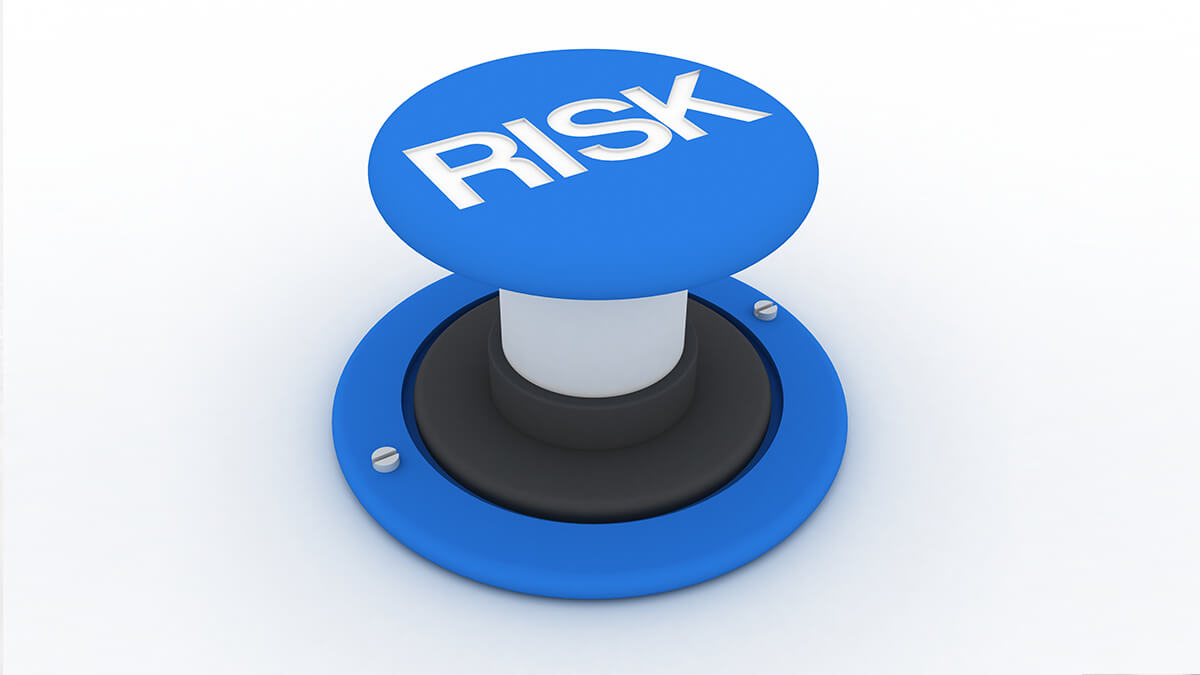Few people would relish the thought of taking risks with their retirement savings. Yet the reality is you’re exposed to a range of different risks that can affect your investment returns and how much money you end up having in your super account when you finish working.
We look at nine investment risks and the impact they can have on your super nest egg.
Good to know
Everyone has a different comfort level when it comes to risk. This attitude can change over time as your personal circumstances and financial position alter.
For that reason, it’s a good idea to regularly review the investment option you’ve selected for your super account to ensure it still matches your current position.
Learn more about risk profiling and your investment choice.
While investing always goes hand-in-hand with risk, the particular risks your super account is exposed to vary depending on the underlying assets. Not every investment risk applies to every asset, or all the time:

Leave a Reply
You must be logged in to post a comment.